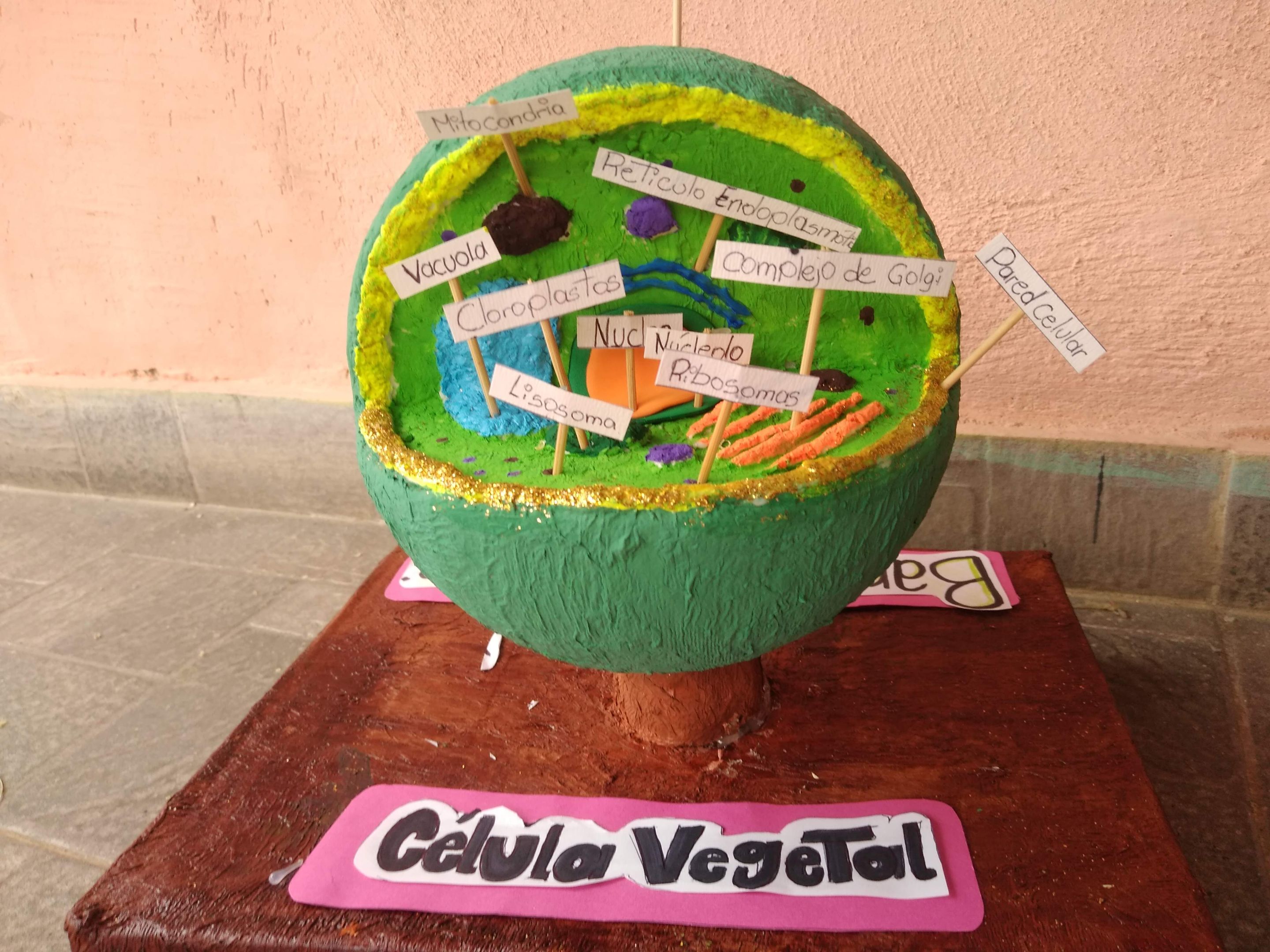
Beneath the surface of an ordinary school day, I found myself watching something that felt extraordinary. My daughter and her classmates were asked to build a model of the plant cell, to trace its structures back to the miracle of photosynthesis, to connect that green and silent world with the air we breathe. I expected paper cutouts, maybe glue and glitter. What I saw instead was a group of children who suddenly carried themselves like young scientists, shoulders squared with curiosity, eyes lit by a kind of ownership that only comes when knowledge becomes discovery.
Curiosity does not beg for polish or perfection, it simply moves forward and takes shape where it can. Around my dining table I witnessed their stubborn attempts to understand mitochondria, chloroplasts, the vacuole, and the puzzle of energy itself. They argued over how to paint, where to place labels, how to explain each function in language that made sense. They laughed in the middle of mistakes, fixed them with new plans, and then went right back to work. I could almost feel my own patience being stretched and tested, not because of them, but because I realized they didn’t need me leading at all.
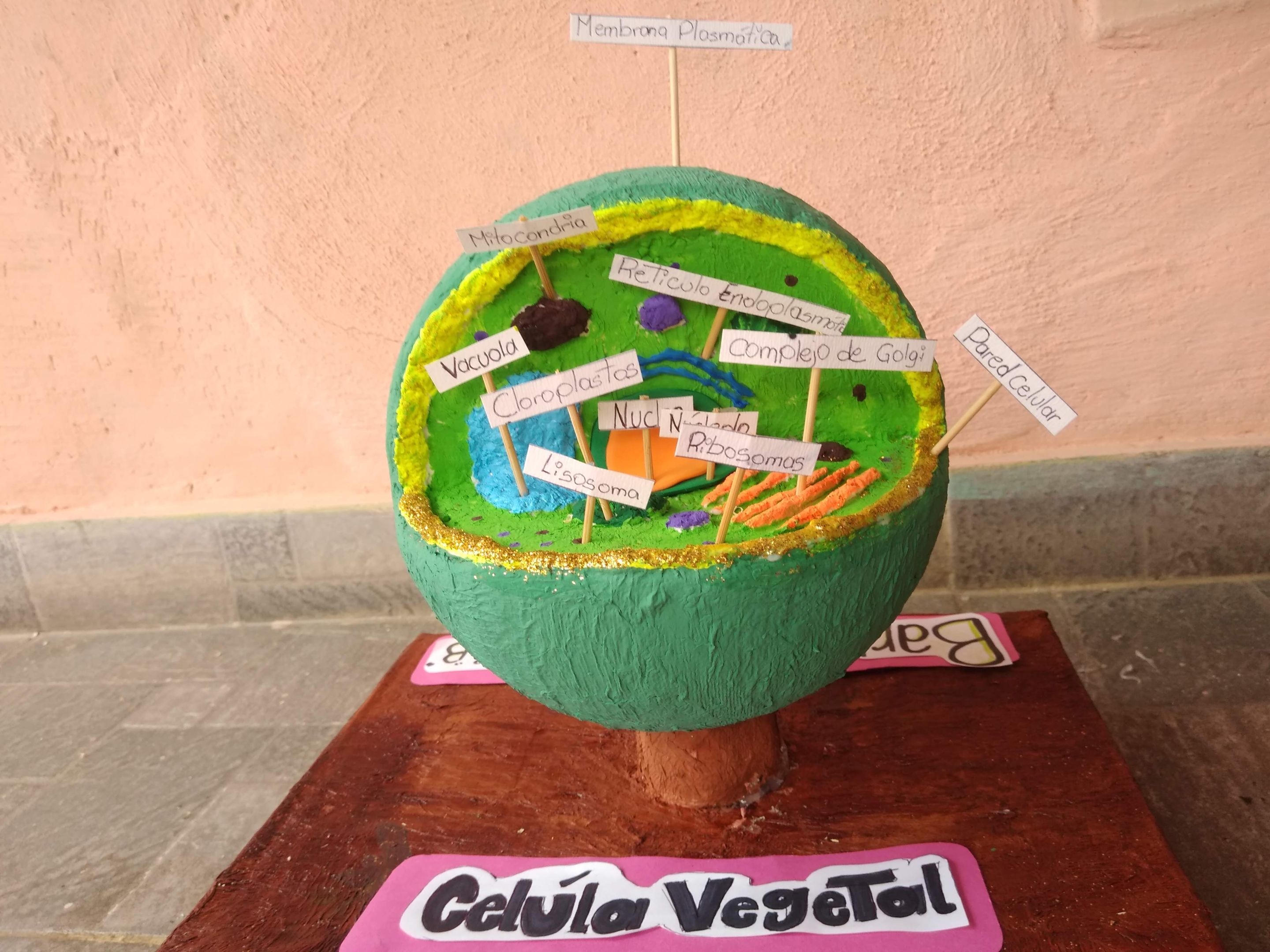
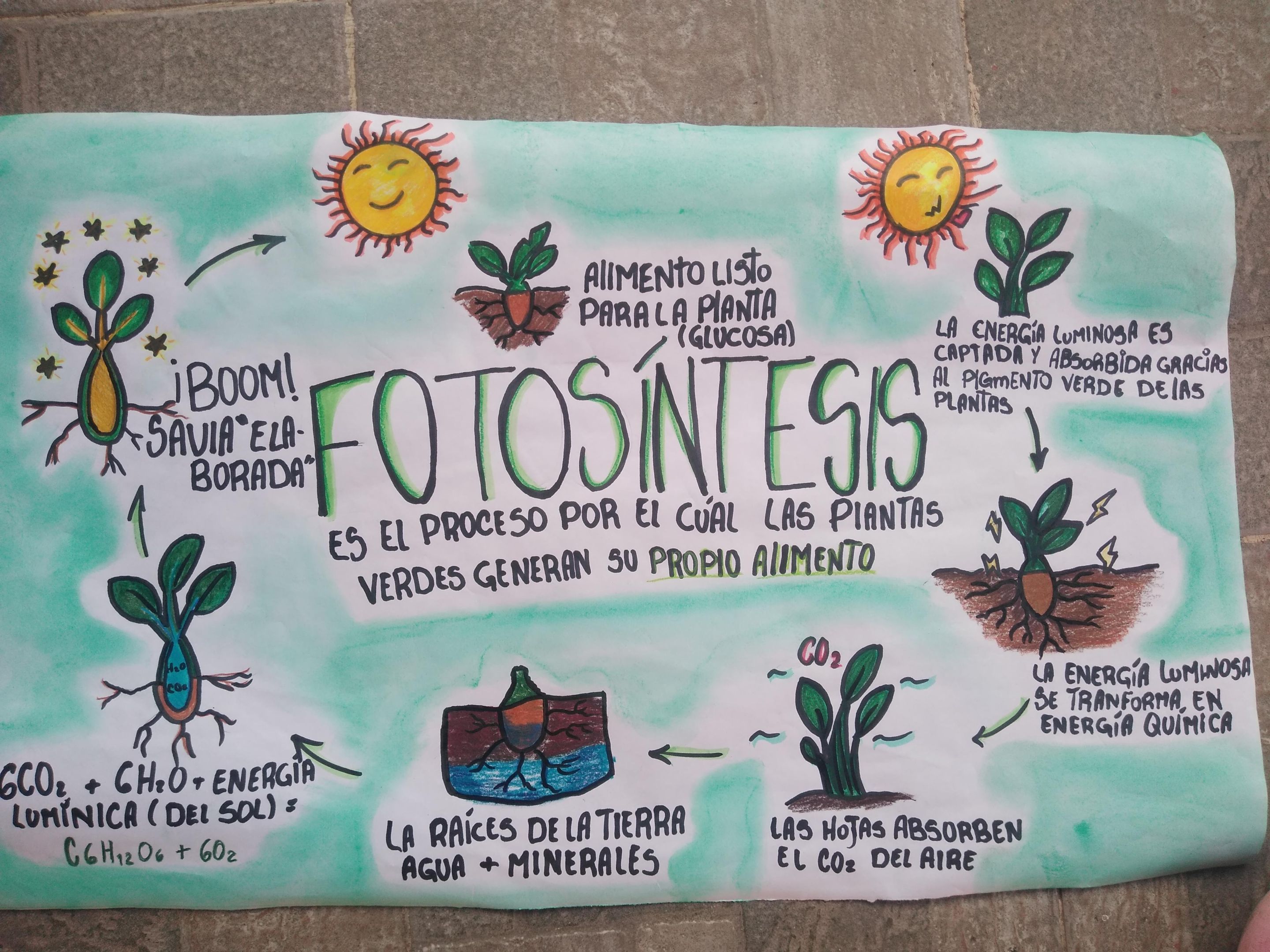
Every so often I stepped in with a hand steadying the scissors or a quiet reminder of structure, but my role faded into the background. These children were steering, and my daughter especially seemed determined to set a tone of persistence. She asked questions I never asked at her age, not out of obligation but out of hunger. She wanted to know why the process worked, how energy from the sun could move through a leaf and arrive, somehow, at the rhythm of our lungs. There was an insistence in her voice, almost like she was claiming her own place inside the vast chain of life.
Gratitude welled up inside me as I realized the real experiment was not the model itself. It was my daughter evolving in front of me, showing that intelligence is not only about facts memorized but about character revealed. When she chose collaboration over impatience, when she asked her friends for their ideas instead of pushing her own, I saw her carry lessons that no textbook could teach. It was as if she were whispering to me, without words, that growth is not a straight line, that it bends and loops and finds its form in the company of others.
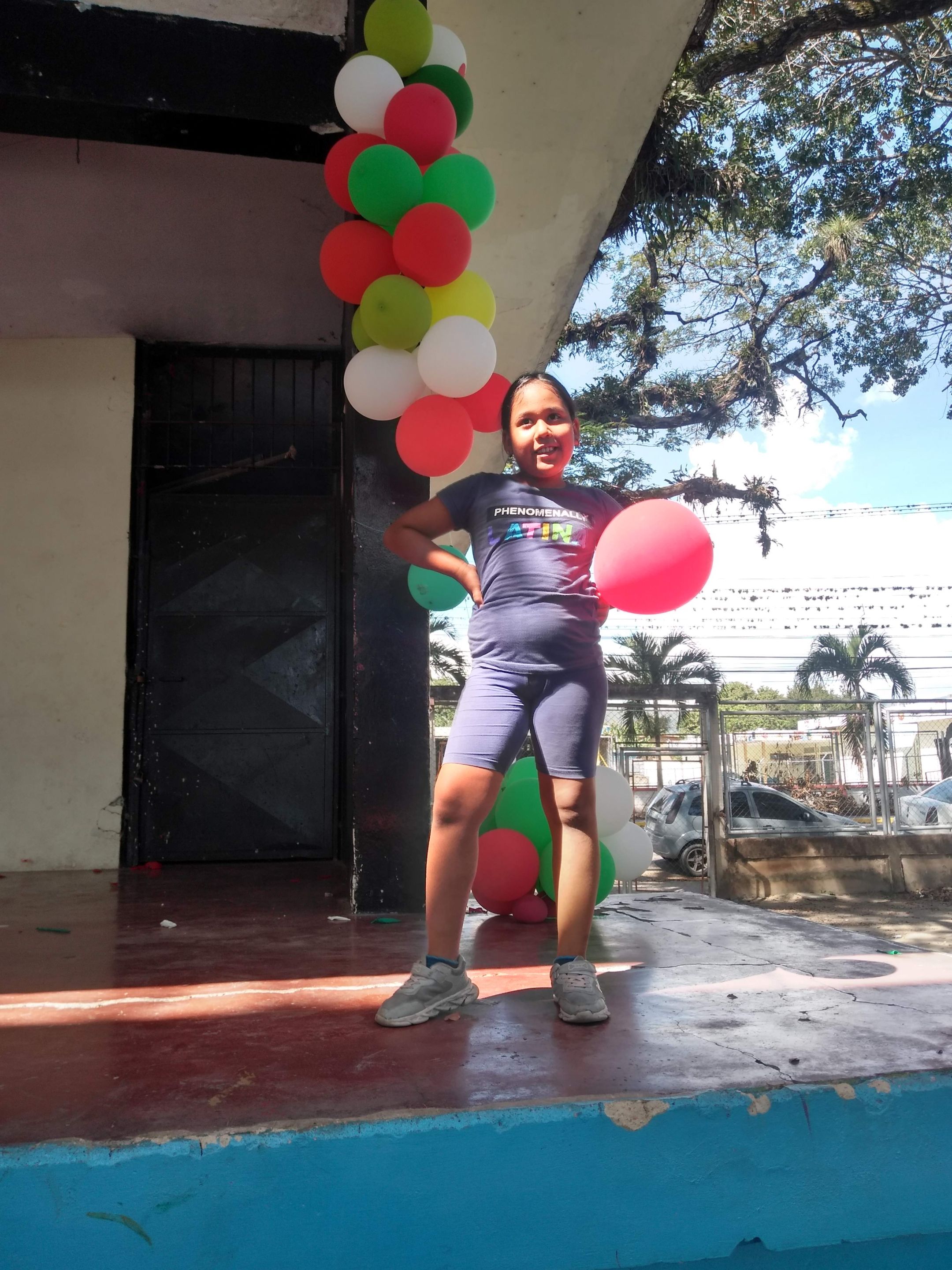
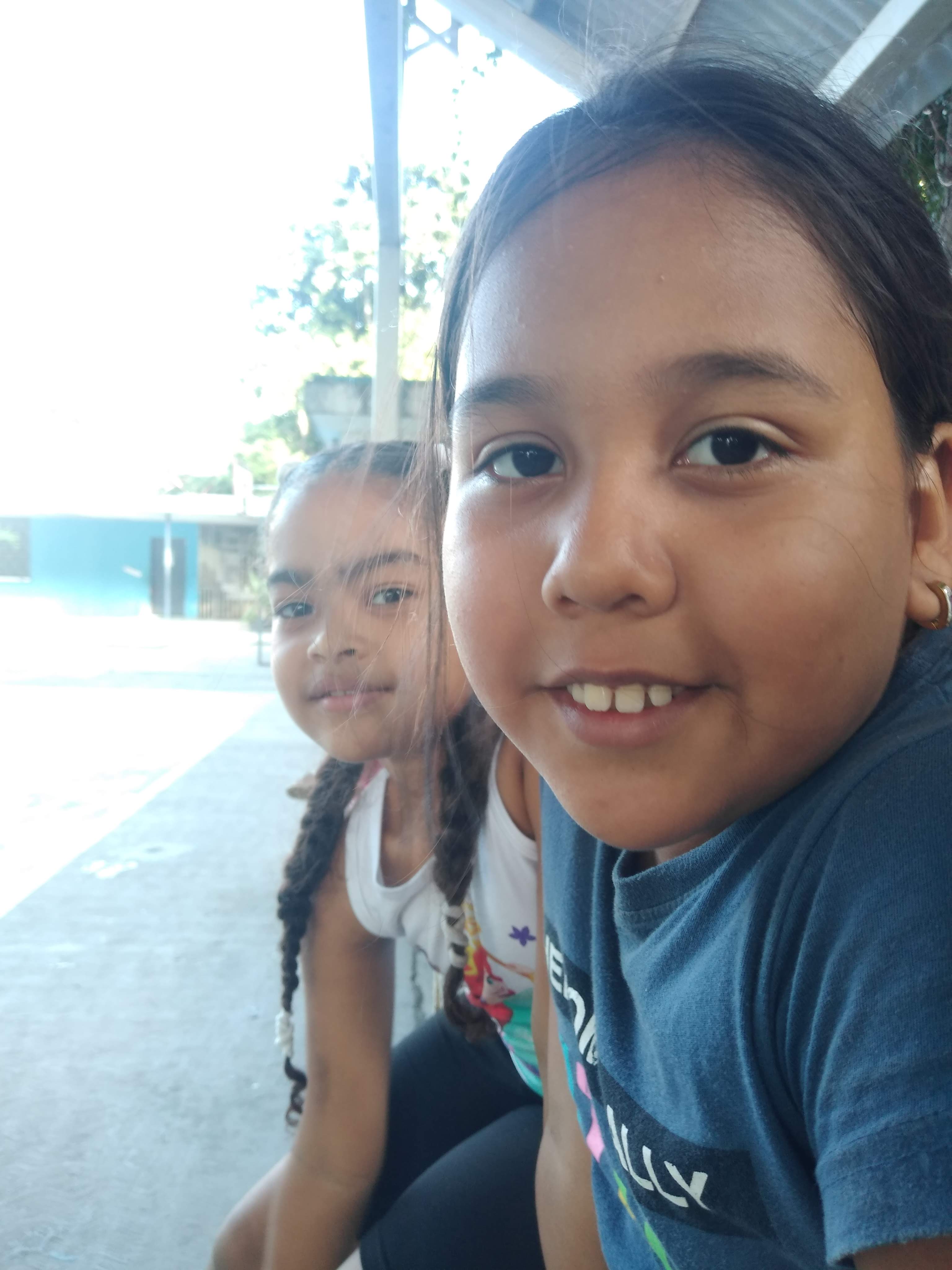
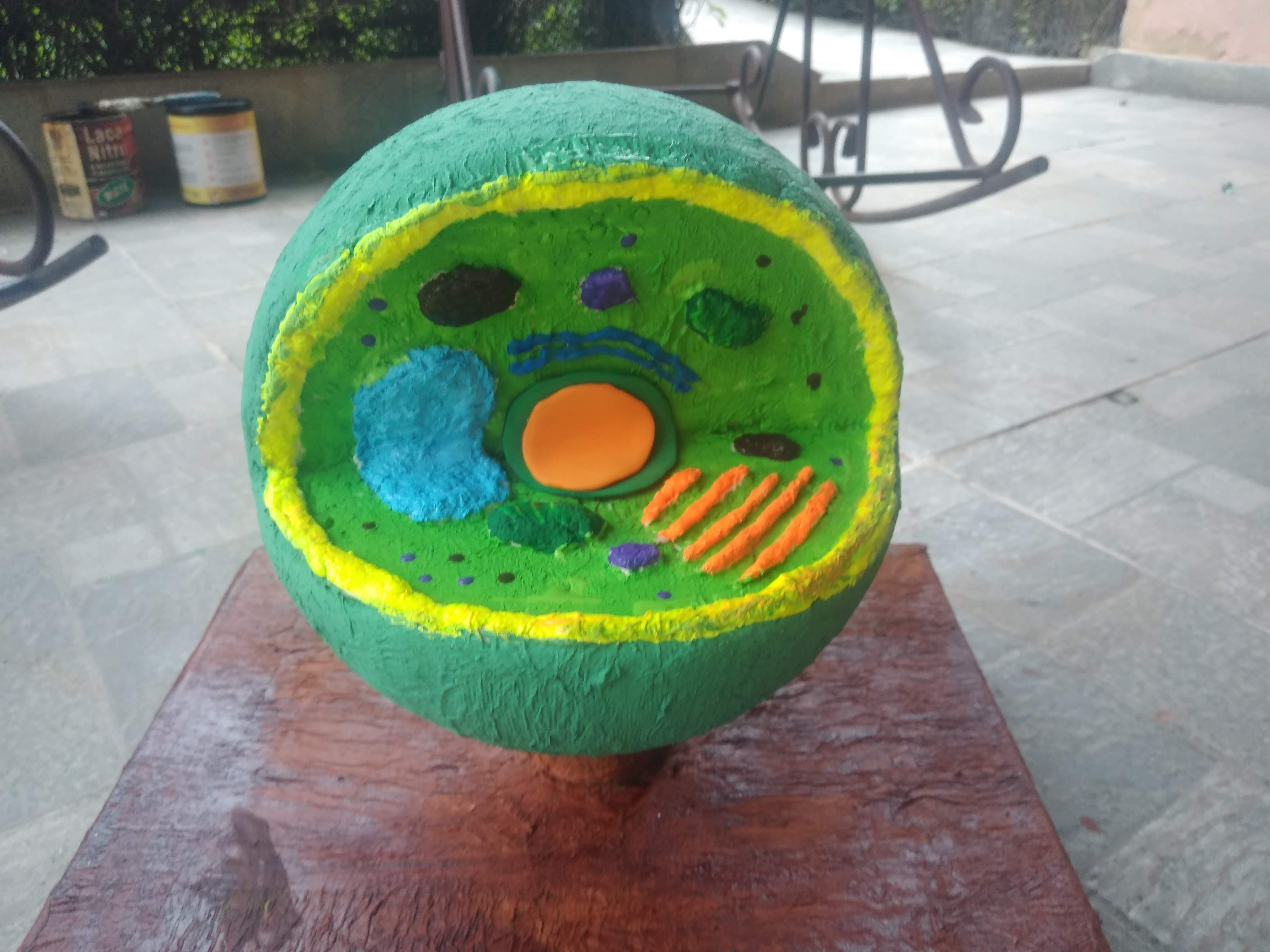
Nothing about this project was perfect in the way adults often demand. The model was lopsided, the paint uneven, the labels sometimes tilted. Yet the energy in that creation was alive, and I could feel it long after the brushes were put away. This is what pride feels like as a mother, not the applause at the end or the grade written on a paper, but the quiet certainty that my daughter is becoming herself in ways both visible and hidden. I look at the green curve of that handmade cell and I know I have witnessed a future unfolding, shaped by small hands that already carry the strength of their own light.
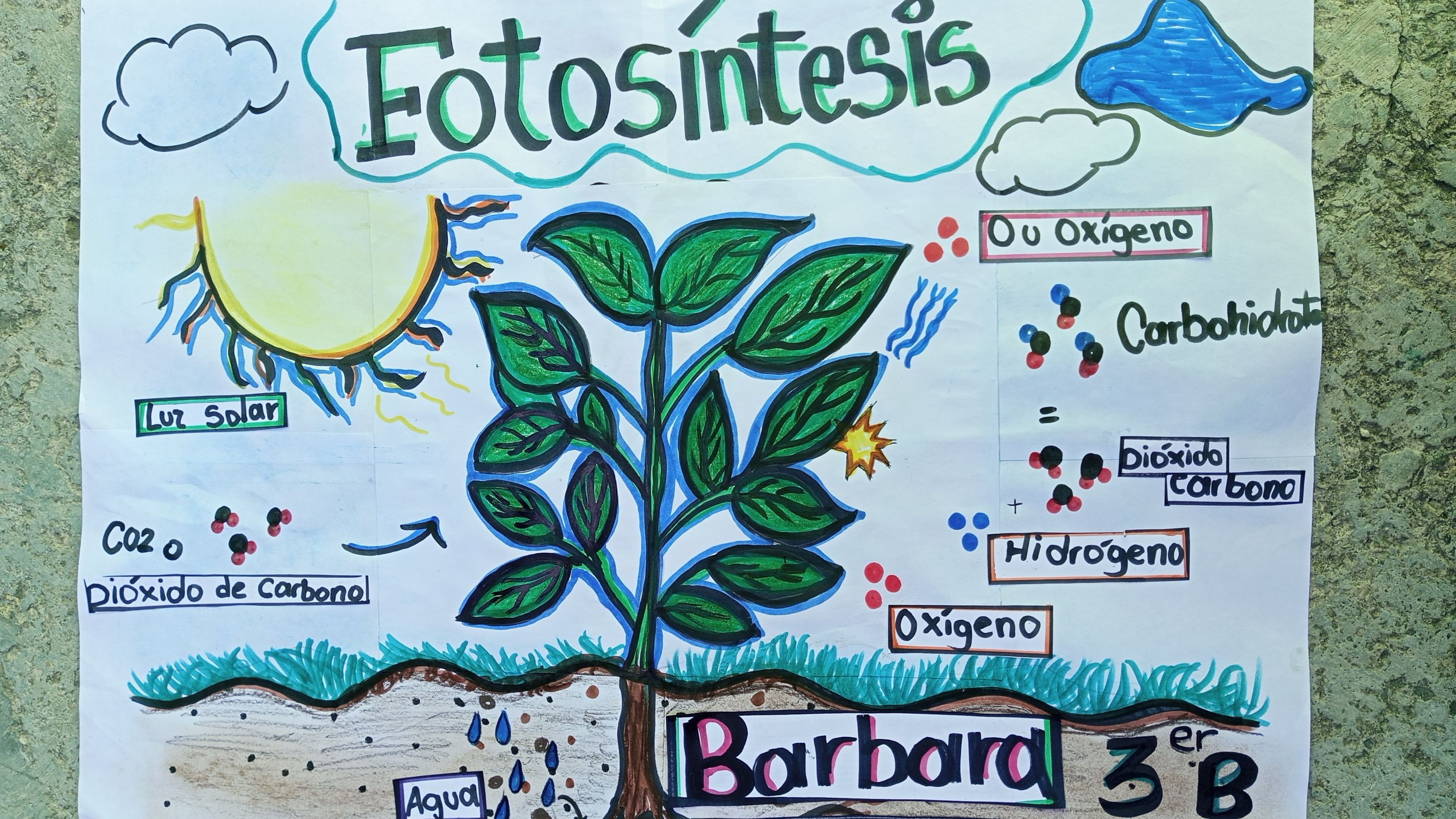
All photographs and content used in this post are my own. Therefore, they have been used under my permission and are my property.













